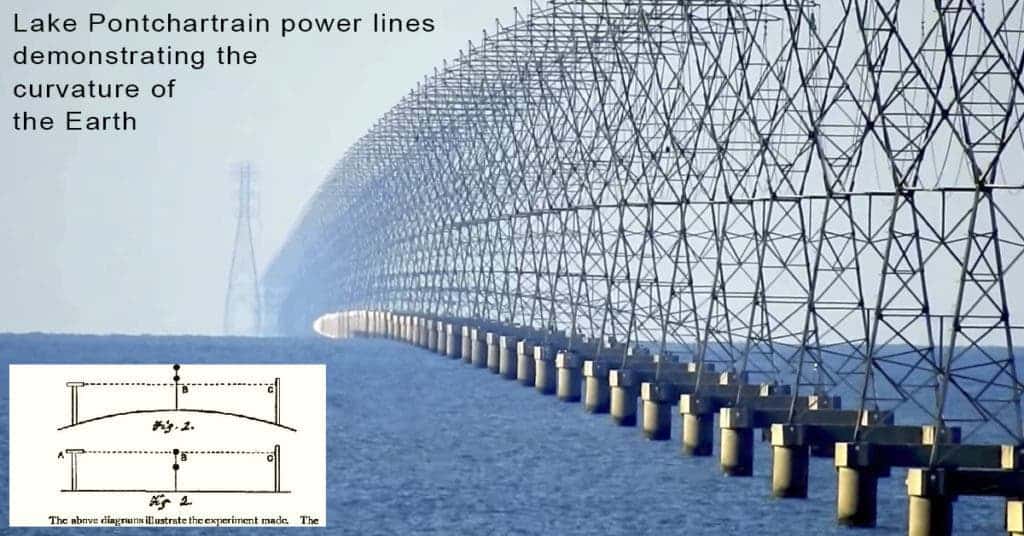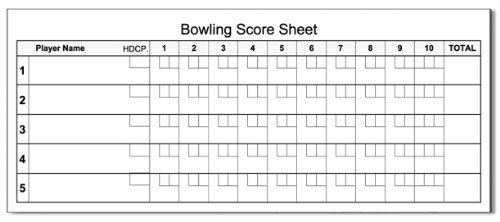How you get anything different from what I said is unclear.
then if you agreed, why would you ask if I cared to do a detailed analysis? Why bother since we both clearly understand the reality.. Unless you are implying a detailed analysis would show something else?
All *inertial* frames. And what, precisely, do you think that means? it means that every frame is equally valid for all calculations.
No, it means in all frames not undergoing a change in velocity. Sadly for you, no such frame exists.....
Non-inertial reference frame - Wikipedia
"The laws of motion in non-inertial frames do not take the simple form they do in inertial frames, and the laws vary from frame to frame depending on the acceleration."
"That a given frame is non-inertial can be detected by its need for fictitious forces to explain observed motions.
[10][11][12][13][14] For example, the rotation of the
Earth can be observed using a
Foucault pendulum.
[15] The rotation of the Earth seemingly causes the pendulum to change its plane of oscillation because the surroundings of the pendulum move with the Earth. As seen from an Earth-bound (non-inertial) frame of reference, the explanation of this apparent change in orientation requires the introduction of the fictitious
Coriolis force."
And to consider this an inertial frame you must first have one....
"In flat spacetime, the use of non-inertial frames can be avoided if desired. Measurements with respect to non-inertial reference frames can always be transformed to an inertial frame, incorporating directly the acceleration of the non-inertial frame as that acceleration as seen from the inertial frame."
Except spacetime is not flat, it's curved due to the earth's mass. it can't be converted to an inertial frame because this frame is not inertial, nor do any actual exist.....
More precisely, the speed of light is the same in all inertial frames. There is no such thing as absolute velocity in SR.
This isn't an inertial frame.....
I'm aware of this. You are just unaware of why the speed of light remains the same in all frames regardless of their velocity.....
There is no 'your own velocity' beause velocity is not absolute. it is relative. ALL velocities are relative in SR.
Really? Sure there is. Your velocity through space does not change your clock, only acceleration. Oh, please correct SZ on his pseudoscience...
So if there was no absolute velocity, then continued changes in velocity would not effect your clock. One velocity would be the same as any other velocity and therefore transforms would be useless.....
Your velocity relative to a single other inertial frame is well defined (and you can do measurements to find it). Absolute velocity isn't an aspect of SR.
I never claimed absolute velocity was an aspect of SR. Why the strawman? It's exactly what I said, so why pretend you are correcting anybody except the need to inflate falsely your own ego?
"This does not mean you can deduce your absolute velocity from those other two, because you can not deduce the absolute velocity of any object in space....."
Irrelevant for the axioms and the conclusion that there is no such thing as absolute velocity.
In other words you don't have a clue as to why the two postulates hold true because you have no clue why light remains c regardless of velocity. And so you attempt to hide the fact by making irrelevant statements....
Nope, even given the accelerations, triplet B and triplet C do not age by the same amount in the scenario.
Sure they do. maybe one day you'll figure it out, but I am doubtful...
This is a violation of the first axiom: The laws of physics are the same in ALL inertial frames. Triplet A and triplet B have *equally* valid frames. Triplet C changes frames when accelerating.
Agreed, but there is no inertial frame of reference. Everything is increasing in velocity with the accelerating expansion of the universe......
But you still don't understand why light remains c regardless of velocity of a frame... and so are unable to also comprehend why the same values for our laws of physics remain the same regardless of velocity. That is *CONSTANT* velocity. Not increasing velocity..... say like being moved with the accelerating expansion of the universe.....
Wrong. I gave all velocities as measured by A just to get around this issue. Both B and C can determine their velocities relative to A.
B thinks A and C are in motion and he is stationary. C thinks B and A are in motion and he is stationary. So now B and C are going to ignore their measuring devices and perceptions? Even if they are equally valid?????
To say their opinion is useless is *precisely* what the first axiom says is wrong: ALL laws of physics are the same in ALL inertial frames. So ANY inertial frame is equally valid. There is no 'absolute rest frame'.
Nope, they are undergoing different accelerations.....
"The laws of motion in non-inertial frames do not take the simple form they do in inertial frames, and the laws vary from frame to frame depending on the acceleration.""
B and C do not have the same laws of motion that A has....
Yes, a velocity *difference*. That means a relative velocity, which means different inertial frames.
No, a non inertial frame. All ships are incresing in acceleration with the accelerated expansion of the universe.....
And that is an aspect of GR, not of SR. Let's deal with SR for the time being.
Why, you seem to be having trouble deducing what an inertial frame is.....
Why clocks slow....
I'm simply saying what SR actually says.
And so did I "the only reason you and I will ever see a spacecraft moving at different velocities is if we are ourselves moving at different velocities"
Well, do you want to pull out some physics books?
Go right ahead. And the only time you and I will ever see anything moving at different velocities is if you and I are moving at different velocities.....
And this is where you get SR completely wrong.
First of all, there is no absolute velocity in SR.
Really? are you sure?
Then what changes clocks every time you accelerate? But only when you accelerate???? If all velocities were equal, then no transforms would be required to transform between frames moving at different velocities....
But I'll say it again for the hundredth time. You simply do not understand why c remains c regardless of velocity, or why two frames moving at different velocities with different clock tick duration's and different length rulers measure the same physical constants.
Oh yes, you can parrot the postulates, but you do not really understand why they are so.... You just know how to repeat them.... not why they are....
Second, in your scenario, you cannot say absolutely that one clock is going slower than another. This only makes sense from some reference frame (supposedly my reference frame).
Yes I absolutely can. Since when the twin returns who's clock is slower? Since they started from A's frame, then A's frame should be just fine to end in should it not for final comparison, since that is where the initial comparison was made????
Third, and much more important. Just because I see the ship's clock as 1 year slower (you need to say this over some time period for me, though...say 2 years)., and I see yours as 6 months slower, DOES NOT MEAN you see the ship's clock as 6 months slower. In fact, that is certainly NOT the case.
it is absolutely the case..... Oh very well, it might be 5 months 28 days, 31 minutes and 15 seconds slower if we do the calculations. happy now?
The only reason you could see my clocks as 6 months slower than the other ships, is if I am *roughly* traveling at half his speed. If you want to do the calculations to get the precise numbers go right ahead. it's irrelevant for demonstration purposes. Therefore my clocks run half as slow as his. Therefore I can only see his clocks running half as slow as mine... 6 months....
*continued*


